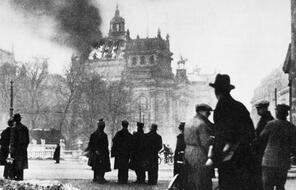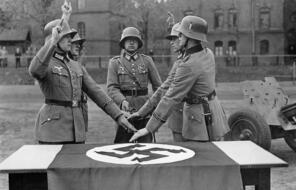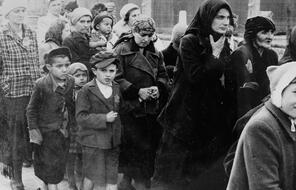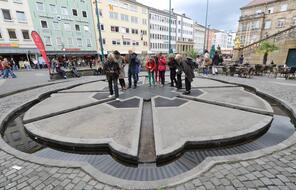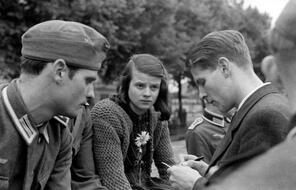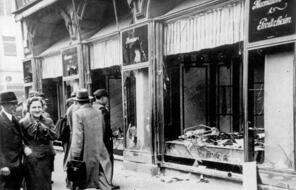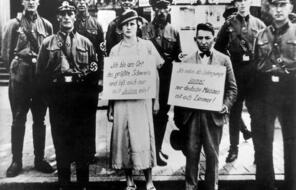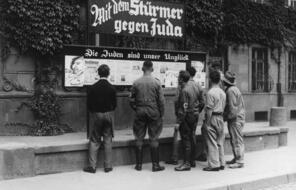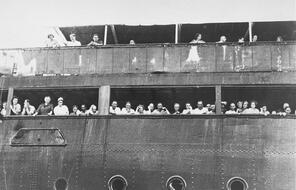Handout
Auschwitz
Allow students to reflect on a range of experiences and stories from the Holocaust in a Big Paper silent discussion.
Get the Handout
How to Cite This Handout
Facing History & Ourselves, “Auschwitz”, last updated March 12, 2018.
The resources I’m getting from my colleagues through Facing History have been just invaluable.
—
Claudia Bautista, Santa Monica, Calif

